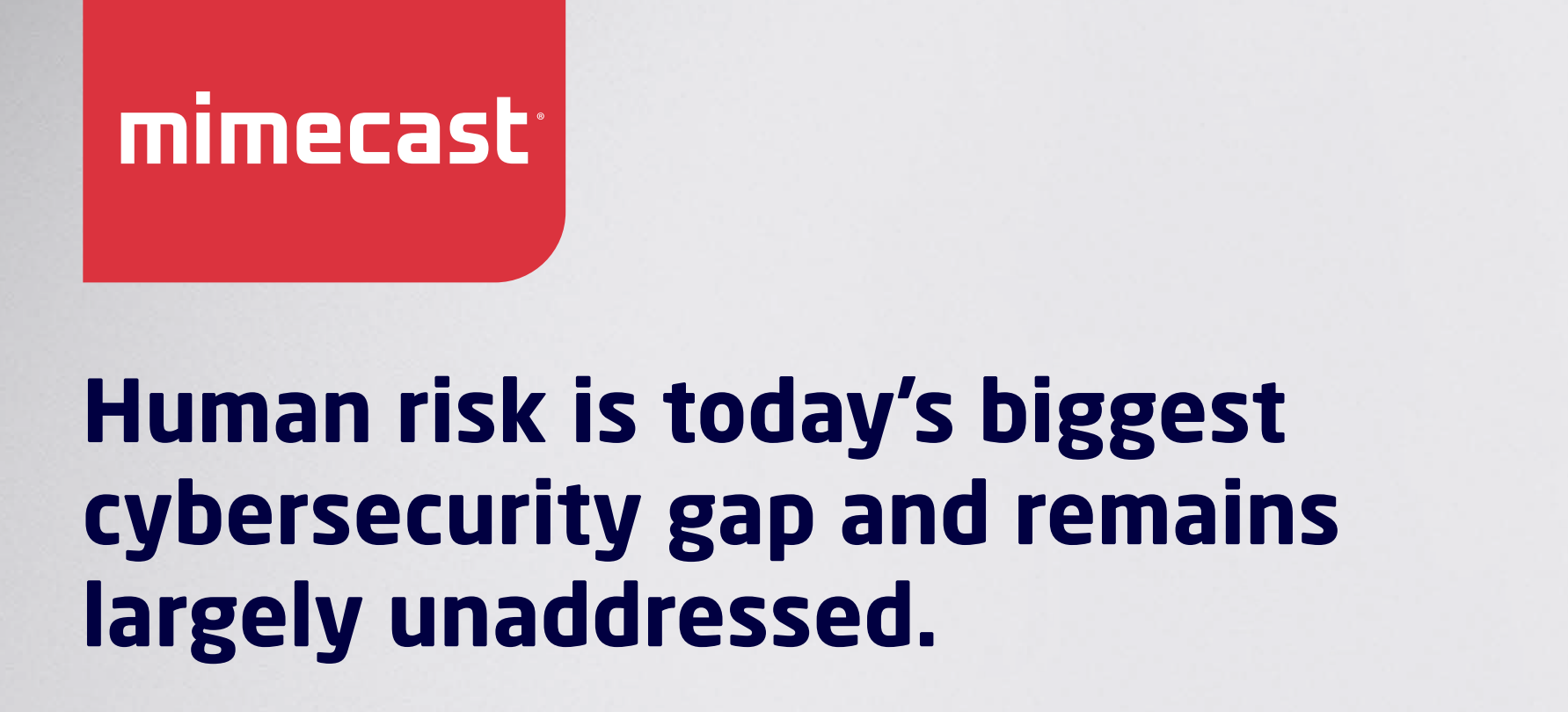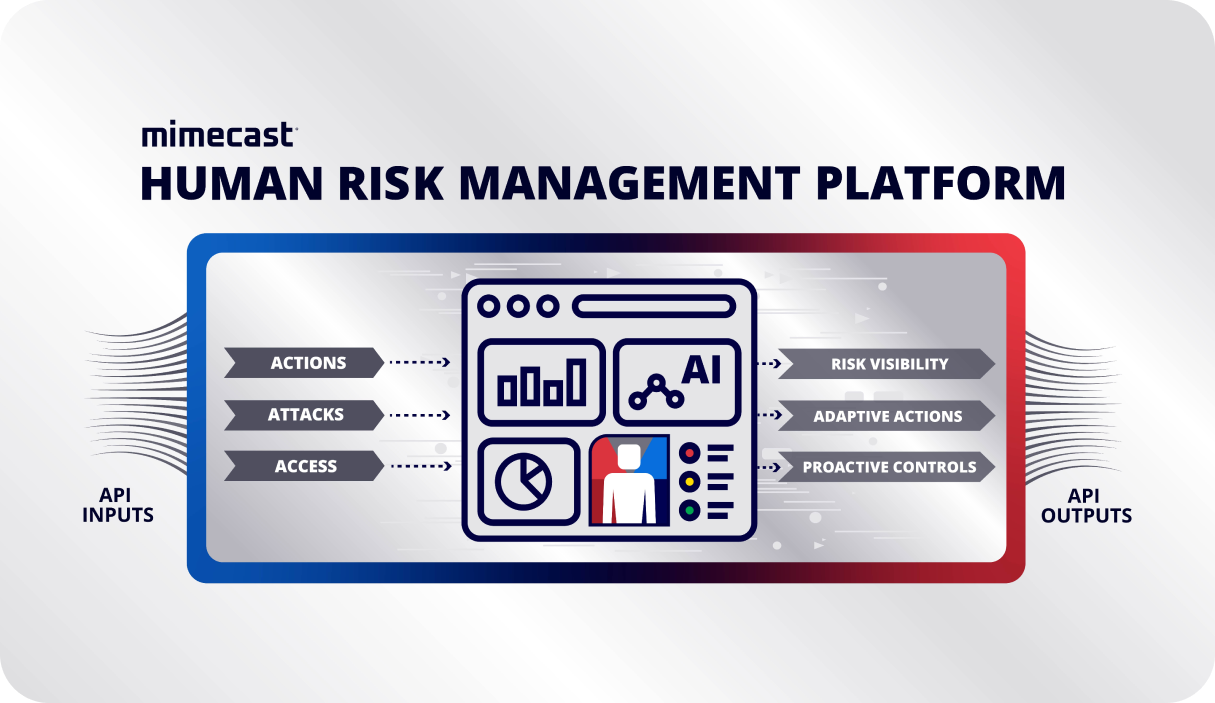The Anatomy of a Cyber-Ready Business
Cyberattacks are no longer rare — they’re a constant risk for every organisation, big or small. From data breaches to ransomware, digital threats can disrupt operations and damage hard-earned trust. The good news? Building strong cyber resilience doesn’t require a massive budget or a dedicated security department. With the right focus and consistent habits, any business can strengthen its defences and stay prepared.
Cyber readiness isn’t about reacting to problems — it’s about preventing them. By putting proactive measures in place now, you can reduce risks, limit downtime, and protect your reputation when the unexpected happens.
The Core Pillars of Cyber Readiness
True cybersecurity is built on practical foundations that work together to protect your business. Focusing on these key areas gives you a clear roadmap to becoming more secure and resilient.
1. Risk Awareness
You can’t protect what you don’t understand. Start by identifying the systems, data, and applications that are critical to your operations. Evaluate where vulnerabilities might exist and which threats would have the biggest impact if exploited. Regular risk assessments help you prioritise your resources and catch potential weaknesses before attackers do.
2. Prevention and Protection
Cybersecurity isn’t just about having the right tools — it’s about using them effectively. Keep all software and systems updated, deploy reputable antivirus and firewall solutions, and manage access carefully so only authorised users can reach sensitive information. A layered approach to protection ensures that if one control fails, others still stand in the way.
3. People and Culture
Even the best technology can’t protect you if your people aren’t engaged. Human error remains one of the biggest causes of breaches. Empower your employees to spot phishing attempts, question suspicious activity, and report anything unusual. Promote security awareness as part of your everyday culture, supported by regular, bite-sized training sessions to keep everyone sharp and informed.
4. Detection and Monitoring
You can’t stop every threat — but you can spot them early. Continuous monitoring helps detect unusual behaviour before it escalates. Define what “normal” looks like across your systems so that any anomaly stands out. The quicker you identify a problem, the faster and more effectively you can respond.
5. Response and Recovery
When an incident occurs, preparation makes all the difference. Develop a clear response plan that outlines roles, responsibilities, and communication steps. Keep contact lists updated and conduct regular simulations so your team knows how to act under pressure. Automated, frequent data backups ensure you can restore critical information quickly and keep business disruption to a minimum.
6. Continuous Improvement
Cybersecurity isn’t a one-time project — it’s an ongoing process. Threats evolve, and so should your defences. Review your security policies regularly, update your training, and learn from past incidents. Each adjustment makes your organisation stronger, more agile, and better prepared for whatever comes next.
Building Trust Through Readiness
When you invest in cyber readiness, you’re not just protecting your business — you’re building confidence with your customers, partners, and employees. The effort you put in today creates a more secure, resilient organisation tomorrow.
Ready for support?
Cyber readiness isn’t just a checklist—it’s a survival strategy. If managing all the moving parts feels overwhelming, you’re not alone. Partnering with an IT service provider like Gardner Systems makes the process smoother and more effective. Our experience and expertise might be exactly what you need.
Contact us to schedule a no-obligation consultation. We’ll provide practical guidance that fits your business needs so you can focus on what matters most: growth, innovation and peace of mind.


